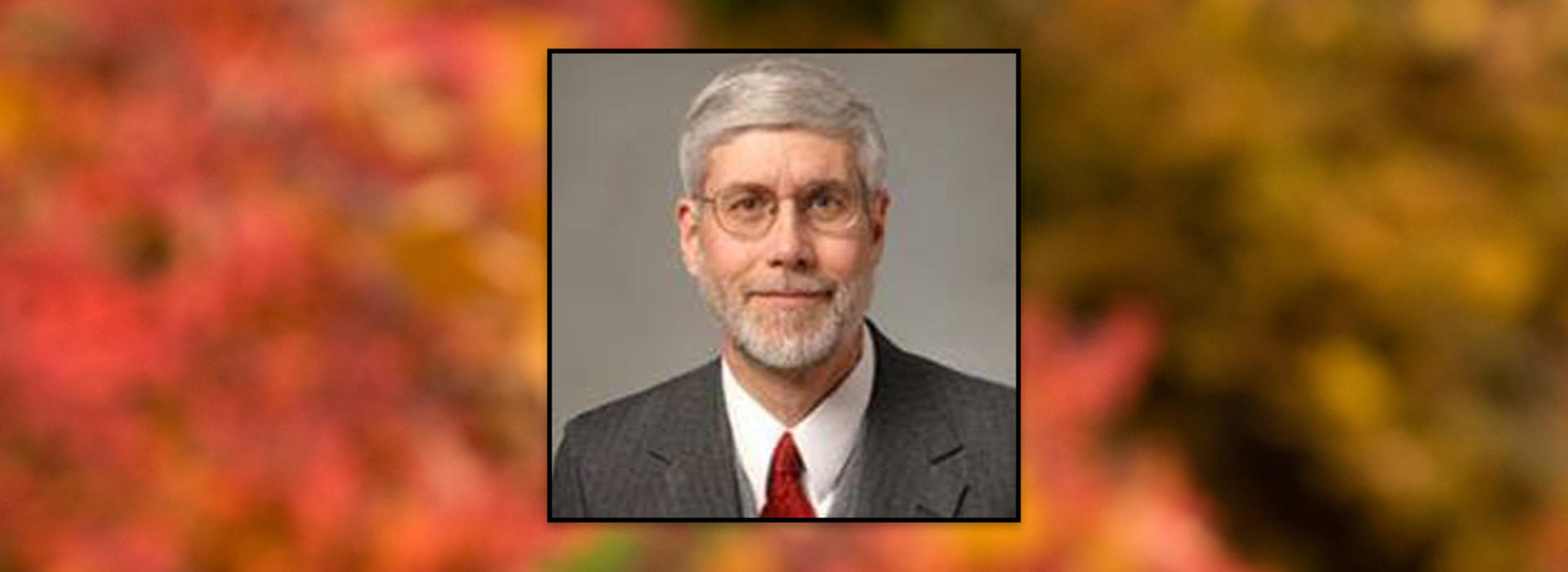
Duluth Alumni Spotlight - Dr. Michael Saunders Class of '79
Dr. Michael Saunders (MD 1979) looks back fondly on his days as a medical student on the Duluth Campus, remembering how he and his classmates would play volleyball in Old Main. “Nearly every day after lunch we would round up a group to play.” This and other activities helped develop a unique camaraderie and longtime friendships among the students.
In 1984, after his residency in Cedar Rapids, Iowa, Dr. Saunders was hired to join a retiring family physician in Tomah, Wisconsin. The practice thrived. Saunders explains: “We built a new building and later expanded it. And we developed a medical record system that was later used in other regional clinics.” As the practice grew, the group brought in 10 family physicians, a surgeon, a midwife, an optometrist, a podiatrist, and additional midlevel caregivers.
The affiliated practice in Lacrosse eventually became part of the Mayo Health System. “During that time, the local critical access hospital was remodeled twice and recently built a new facility.”
He has been active in supporting and governing his local healthcare services: physician representative on the Lacrosse Clinic Board of Directors, member of the Lacrosse Clinic Board’s Finance Committee, member of the Clinic Finance Committee, lead physician at the local clinic, local hospital board member, and local hospital medical staff president, local hospital laboratory director, and local hospital member on Quality Assurance and Bylaw Committees.
In 2018, his extraordinary commitment to his community was recognized with the Wisconsin Rural Health Ambassador award from Tomah Memorial Hospital and the Rural Wisconsin Health Cooperative.
While Family Medicine focuses on the full care of each patient over their lifespan, the COVID-19 pandemic shook the methods and practices of many doctors in the field, Dr. Saunders included. He described his experience with COVID-19 as a part-time hospitalist:
"The worst time for us was the fall of 2021 when we were at capacity, there were no ICU beds in the state and we had to board people in the ER. We would literally query 50+ hospitals to find a transfer bed, and were transferring people as far as Iowa City and north of the Twin Cities."
Even though the experience was challenging, Dr. Saunders has noted that in 2022, “The numbers are more manageable, the treatments more established, and the condition has become more of a ‘just one more thing we do’ condition rather than a novel experience.”
After 35 years as a family physician, he retired from full-time clinical practice in 2019, and then practiced part-time as a hospitalist until 2021. He continues as a volunteer physician and medical director of the county free clinic. “I have always enjoyed full scope facility medicine,” he said. “I enjoy the variety and the relationships I developed with patients.”